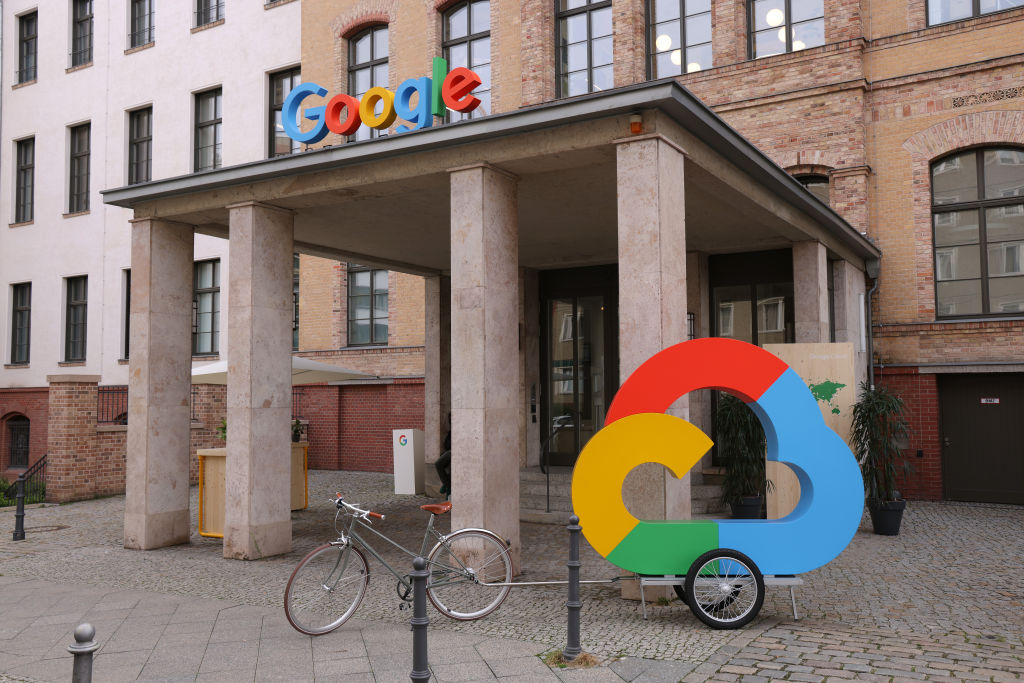Google Cloud Updates Tools for Reporting, Reducing Carbon EmissionsGoogle Cloud Updates Tools for Reporting, Reducing Carbon Emissions
The new Carbon Sense suite brings together all of the company’s cloud sustainability resources.

The data center market is undergoing a major shift as organizations around the world begin to take their energy consumption more seriously. Google Cloud is looking to capitalize on this trend; the company has long flaunted its sustainability credentials, and now allows its customers to do the same.
The new Carbon Sense suite brings together features from multiple Google Cloud products, like Carbon Footprint, launched last year to help customers measure the gross carbon emissions of their cloud usage, and the expanded version of Active Assist, which provides recommendations on how to reduce carbon footprint by doing simple things like powering down idle virtual machines.
In 2021, Google Cloud reported that there were over 600,000 gross kg of CO2 emissions in seemingly idle projects across its data centers.
The suite will also integrate a feature called ‘low-carbon signals’ that informs customers of the ‘cleaner’ regions to run their workloads – likely located in remote and less congested data centers.
A step in the right direction
Sharing energy data with their customers is a relatively new concept for public cloud providers. As recently as 2019, Emily Sommer, a software engineer at Etsy, complained that cloud vendors simply couldn't match the level of transparency offered by colocation facilities. Etsy was a major Google Cloud customer at the time.
“If you can give customers insight into their individual consumption, then we can make changes at the base level,” Sommer said. “If all your consumers can save energy, it can add up.”
Of course, carbon emissions – as measured in kilograms of CO2 – aren’t exactly kilowatt-hous, but Google Cloud’s latest initiative is a step in the right direction.
The most interesting component of the Carbon Sense suite is Active Assist’s Unattended Project Recommender. It uses machine learning to identify virtual machines that are idle and likely unattended, and can estimate the gross carbon emissions the organization would save by removing these, in terms of kilograms of CO2 reduced per month.
Users can automatically export the recommendations to BigQuery and then investigate any idle projects with DataStudio or Looker.
Besides cutting CO2 emissions, this measure also reduces infrastructure costs and cyber security risks – and is generally considered best, if often overlooked, practice when operating any IT.
Carbon Footprint, another key part of the Carbon Sense suite, was launched last year to allow easy access to the gross energy related emissions data customers might need for internal carbon inventories and external carbon disclosures. It enables customers to monitor gross cloud emissions over time by project, product, and region.
The service is still in preview and is provided for no charge to all Google Cloud customers.
Finally, ‘low-carbon signals’ is a feature launched in 2021 to encourage customers to pick more sustainable locations for their workloads.
According to Senior Product Manager Steren Giannini, in Google Cloud’s own experiments, users who were exposed to additional CO2 impact information were 19% more likely to select a ‘low carbon’ region for their cloud service than those who weren’t.
Read more about:
Google AlphabetAbout the Author
You May Also Like









